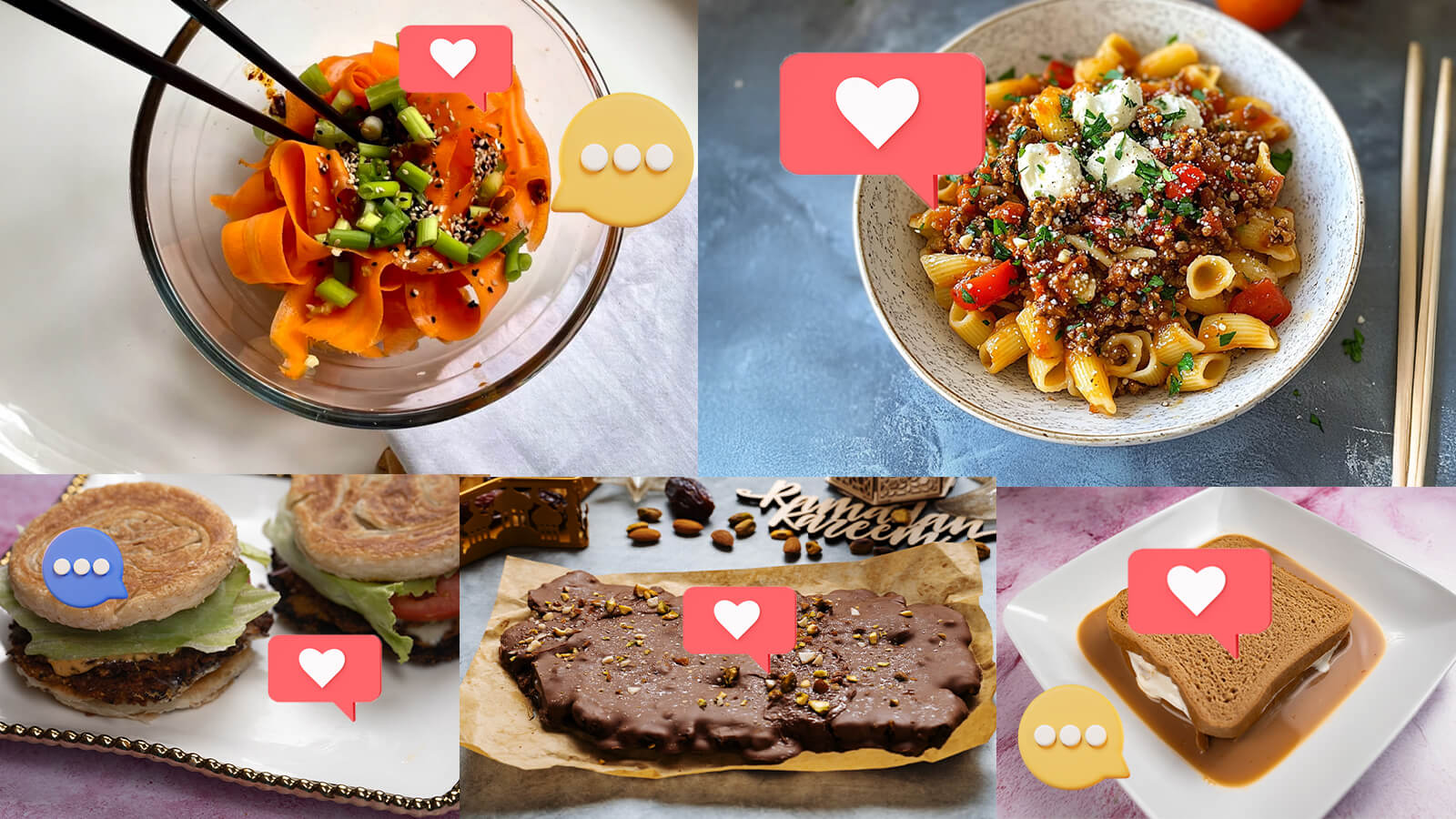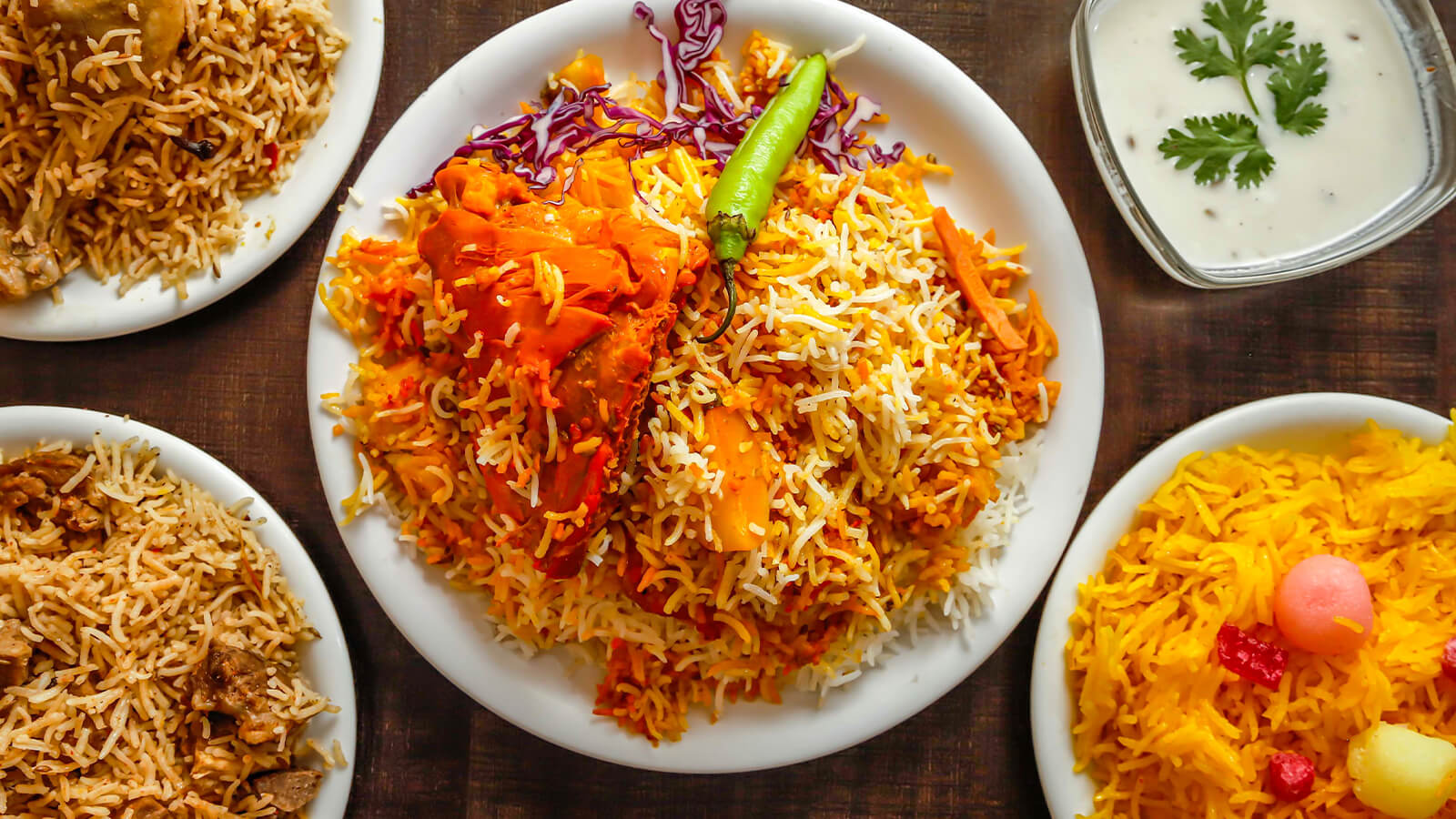A Close Look into Veganism and Indian Cuisine

You know when a certain healthy lifestyle is on the rise, when it gains a cult following of top Bollywood celebs. In the last few years, Veganism has gained widespread popularity, as Bollywood celebs have opted from vegetarianism and veganism to switch to a healthier, and a "cruelty-free" lifestyle. Top celebs like Sonam Kapoor, Kangana Ranaut, Sonakshi Sinha, Amir Khan, and Jacqueline Fernandez have turned vegan and pledged their support towards animal rights.
Veganism is a plant-based diet requiring less land than a meat and dairy diet. With the current pandemic and rising global food and water insecurity due to a multitude of environmental and socio-economic problems, there's never been a better time to adopt a vegan diet. Plant-based living is also a more sustainable way of looking after our planet and feeding our families.
What is Veganism and a Vegan Diet?
Veganism is a way of living which seeks to exclude all forms of animal exploitation and cruelty for food, clothing, or any other purpose as much as possible. A vegan diet focuses on plant-based foods and beverages and excludes all animal products. The goal is to eliminate the use and harm of living beings. What’s the difference between being vegetarian and being vegan? While vegetarians still eat dairy and eggs, vegans remove any and all animal byproducts and foods that involve animals in their processing methods. For vegans, not only are meat, poultry, and fish taken off the plate, but so are products derived from animals including honey, eggs, and dairy.
What Can Vegans Eat:
Vegans consume a variety of whole grains including oats, rye, barley, buckwheat, rice, and pasta, as well as a wide array of fruits and vegetables. In addition, foods such as beans, lentils, tofu, seitan, tempeh, nuts, avocados, and seeds like quinoa fuel their body with protein and healthy fat. Finally, vegans can also choose from an ever-growing selection of ready-made vegan products, including vegan meats and burgers, fortified plant milks, vegan cheeses, and desserts. Dairy products can be replaced with plant milks, scrambled eggs with scrambled tofu, and honey with plant-based sweeteners like molasses or maple syrup. Some of the benefits vegans experience include higher energy levels, lower cholesterol, clearer skin, and better sleep.
Hinduism and Veganism:
A majority of Hindus are already mostly vegetarian, but veganism is on the rise as people are learning more about animal cruelty. In India, cows endure pain and suffering to produce milk as they eat plastic inadvertently while looking for food. Hindus especially, focus on the treatment and consumption of cows, as they are considered a sacred animal in the Hindu religion. Many Hindu vegans point out that by consuming diary products, one is supporting animal cruelty which goes against the core Hindu values-- as according to the Bhagavad Gita, the lord resides in animals. Hinduism practices ahimsa (non-violence), an important virtue that advocates for the total avoidance of harming all living creatures.
One of the biggest animal rights organizations, People for the Ethical Treatment of Animals (PETA), has raised awareness about the inhumane treatment of animals. The modern food industry keeps animals in closed confined spaces, feeding them antibiotics and hormones until they are slaughtered.
Thanks to increased animal treatment awareness, individuals are seeing an escalation in veganism and even vegan options in restaurants. Vegan diets have also grown in areas with yoga and meditation retreats and ashrams, such as Goa, Rishikesh and Dharamshala. There are also several fantastic local and international initiatives that have really moved the needle on vegan education in India. The best part about being vegan in India is that it is more straightforward than other countries because they are already meat conscious. You won't find accidental chicken broth or fish broth in things like soup, rice, and curries that seem to be vegetarian.
Veganism in the US
Veganism has also become popular among non-Hindus. Recent studies have shown that veganism is definitely on the rise in the United States as growing trends like plant-based meals are becoming more widely available. Rising veganism and awareness of the impact of meat consumption are driving demand for meat-free products substitutes. Consumers are also now focusing more on their health and the environment. They are becoming savvier about food ingredients, so offering alternative prepared foods with enhanced health benefits is appealing as a healthy swap. In addition, the production of meat places a heavy burden on the environment - from the large amount of crops and water required to feed the animals, to the transport and other processes involved from farms to our plates. The vast amount of meat consumption is a significant contributor to deforestation, habitat loss and species extinction. Due to consumer demand, restaurants that used to primarily serve meat are now showcasing healthier plant-based options as well. In the future, we are likely to see further growth in veganism as people are becoming more health and animal conscious.
Indian Vegan Cuisine:
Just because vegans can’t eat meat, doesn’t mean their meal options have to be bland and boring. Essential Indian spices such as Red Chili Powder (lal mirch), Turmeric Powder (haldi), Cumin seeds (zeera), Coriander Seeds (dhania), and Garam Masala, and Saffron make vegan cuisine so much more flavorful. Some famous scrumptious Indian vegan dishes include Chana Masala, Vegetable Biryani, Malai Kofta, Bhindi Masala, Rajma, Dal Palak, Medhu Vada, Pav Bhaji, Masala Dosa, Tofu Makhani, Baingan ka bhurtha, and Bombay Potatoes.
Here is a delicious recipe for spicy aloo gobi (potato cauliflower) that will leave you licking your fingers.
Spicy Aloo Gobi:
https://www.youtube.com/watch?v=PQWcVWrvJ54
Ingredients:
• 3 tablespoons of oil
• 1 medium size chopped onion
• 2 medium tomatoes (blended)
• ½ teaspoon of ginger & garlic paste
• ½ teaspoon of turmeric powder
• ½ teaspoon of cumin powder
• ½ teaspoon of red chilli powder
• ½ teaspoon of coriander powder
• 2 chopped green chillies
• Salt to taste
• 3 cups cauliflower florets
• 2 medium-size potatoes (cubed)
• 1 cup frozen mixed vegetables
• Handful chopped cilantro
Instructions:
1. In a heated oil pan, add onions and stir fry until golden.
2. Add tomatoes and ginger & garlic paste.
3. Let this mixture cook together for 10 minutes and stir as needed.
4. Add turmeric, red chili powder, cumin powder, coriander powder, chopped green chillies, salt and saute for a few minutes.
5. Add cauliflower and let it cook for a few minutes.
6. Add potatoes and stir well and let it cook for a few minutes.
7. On medium heat, stir fry the mixture for about 5 minutes.
8. As the veggies began to soften, add mixed veggies.
9. Cover the pan and let the mixture cook together for about 15 minutes.
10. Dish out and garnish with cilantro.





